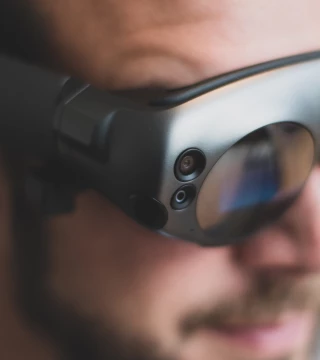BCG’s Approach to AR and VR
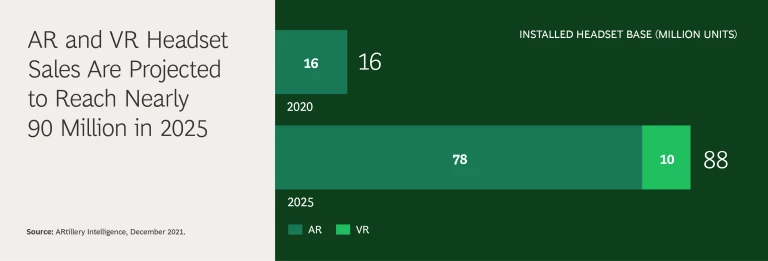
There are a lot of misconceptions about augmented and virtual reality: It’s just for gamers. It puts you in a virtual world. It requires cumbersome headsets. But today’s AR and VR technology is multifaceted—and tailor-made for the business world.
- Augmented Reality. AR keeps you in the physical world but overlays your field of vision with digital information through wearable or handheld systems—for example, displaying sensor readings and maintenance instructions as you perform a repair. The field is evolving rapidly, and it is brimming with business potential: AR puts relevant data in reach and in context—enhancing capabilities and insights.
- Virtual Reality. Fully immersive, VR uses a head-mounted display to place you in a computer-generated environment, where you can view and manipulate virtual objects. VR completely blocks out the physical world, which works well for some uses—such as training soldiers or oil and gas workers in risk-free surroundings—but means you can’t interact with objects in the real world.
- Mixed Reality. Melding augmented reality with virtual reality, MR lets you interact with digital objects within your physical environment. A neurosurgeon, for instance, might manipulate a 3D MRI scan projected above a patient. Mixed-reality systems use sophisticated imaging—built into smart glasses or head-mounted displays—to superimpose virtual elements on your field of vision. They avoid the isolation of VR systems while providing more digital augmentation than AR.
Winning with AR and VR means linking strategy, technology, and execution. We help companies identify where—and how—AR and VR can support a business process, model, or goal, and then move quickly into prototyping and implementation.
It’s an agile, launch-and-learn process that plays out in several phases:
- Identify where AR and VR fit. We help companies understand the pain points they can alleviate—or the opportunities they can accelerate—with AR and VR technology.
- Build a pilot. Our AR and VR consultants develop applications in an iterative, test-and-learn way. By experimenting in small-scale pilots, we create value fast while minimizing risk.
- Scale up. Once the application is proven, we help companies expand it across their organizations, markets, processes—wherever they can realize the benefits of AR and VR.
At the same time, we work with companies to make the changes to roles, organization, and platforms that let them master the use of AR and VR in business.
What Is an Immersive Experience?
What Are the Benefits of Immersive Technologies?
- Health Care. Surgeons can practice complex procedures—from removing tumors to separating conjoined twins—in a realistic and safe environment using immersive digital environments.
- Automotive. Automotive engineers can use immersive reality to virtually prototype new designs, more easily detecting flaws and visualizing changes. Customers can view, configure, and virtually “kick the tires” of multiple car models in a virtual showroom.
- Aerospace and Defense. Immersive VR can be used to train soldiers in safe environments, while virtual jump simulators let paratroopers practice techniques with no risk of injury.
- Those who train using immersive reality retain those skills at a significantly higher rate, learn four times faster, and make 50% fewer errors than those trained using traditional methods.
- When immersive reality is used for product innovation and engineering, prototypes are designed and constructed 10% faster, flaws are detected earlier, and rework is decreased by more than 30%.
- Immersive reality that allows travellers to preview hotel and airline amenities is boosting customer engagement, conversion, and loyalty.
AR, VR, and the Internet of Things
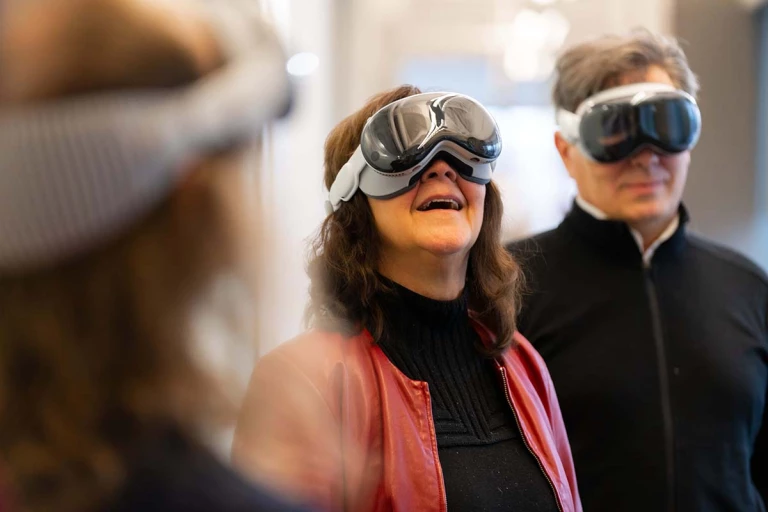
Through sensors in everyday—and not-so-everyday—devices, the Internet of Things (IoT) generates an enormous volume of data. Augmented reality and virtual reality put data into view, context, and use in real time. That makes for a strong link between IoT and AR and VR. It also generates virtually unlimited business applications, such as order picking, AR-enhanced surgery, and digital twins, enabling a next-generation approach to modeling and monitoring plant operations, supply chains, and other complex systems.
Our AR and VR consulting team leverages BCG’s expertise in IoT as well as data and digital platforms to help companies develop solutions that unlock the full potential of their data. But because technology is only part of the equation, we also work with companies on the factors that are critical to winning with IoT and AR and VR, including data governance, people and organization changes, agile at scale, artificial intelligence, and digital transformation.
Our Client Work in Augmented and Virtual Reality

Spatial Computing: Your Next Strategic Advantage
Over the years, BCG experts have developed unique relationships with XR device teams, from Google Glass, Magic Leap, and Quest to the more recent Apple Vision Pro. Our Spatial Studio team looks back on these experiences, and across today's tech landscape, to understand the strategic opportunities of tomorrow.
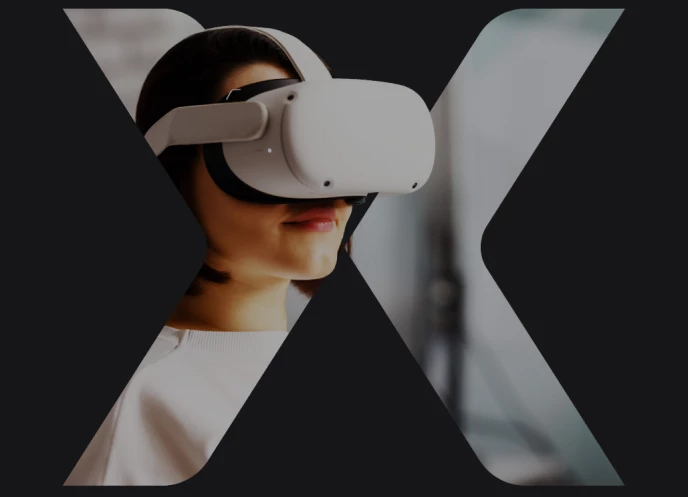
Our Insights on AR and VR


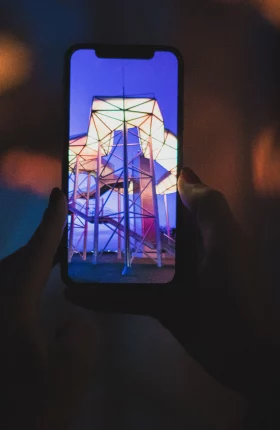

Meet Our AR and VR Consulting Experts




